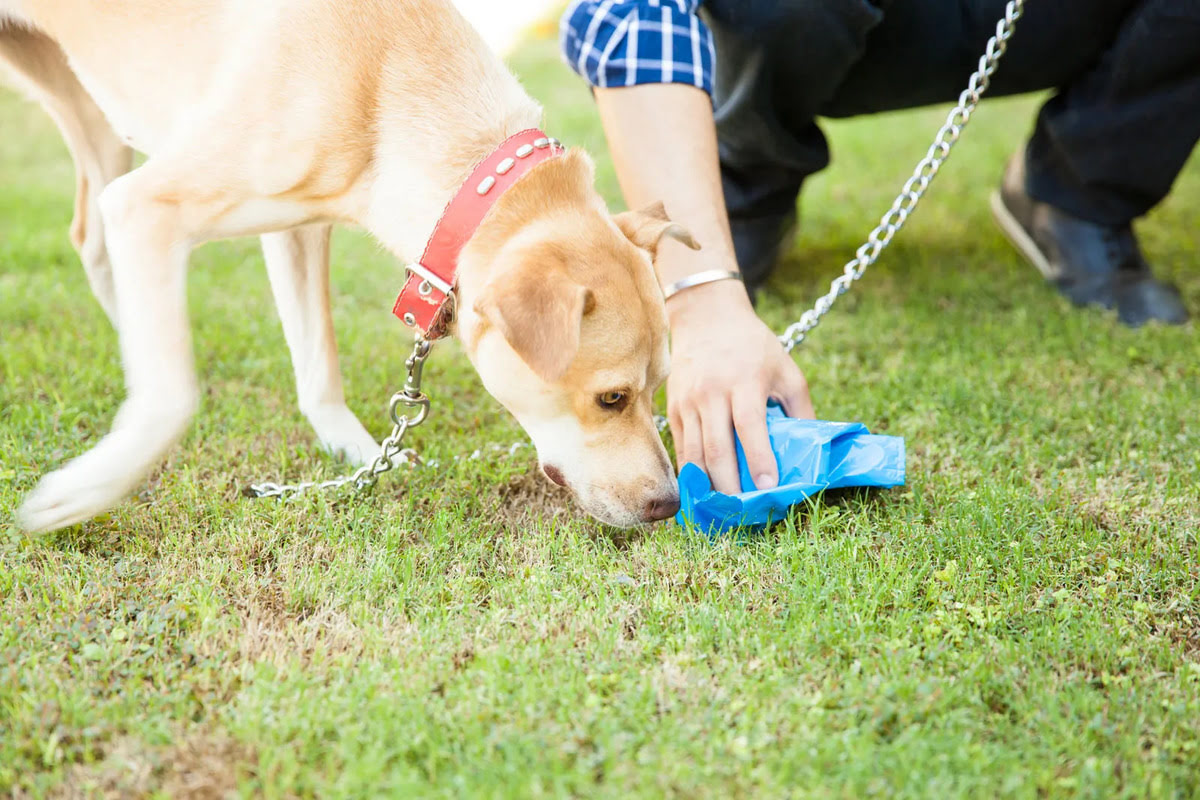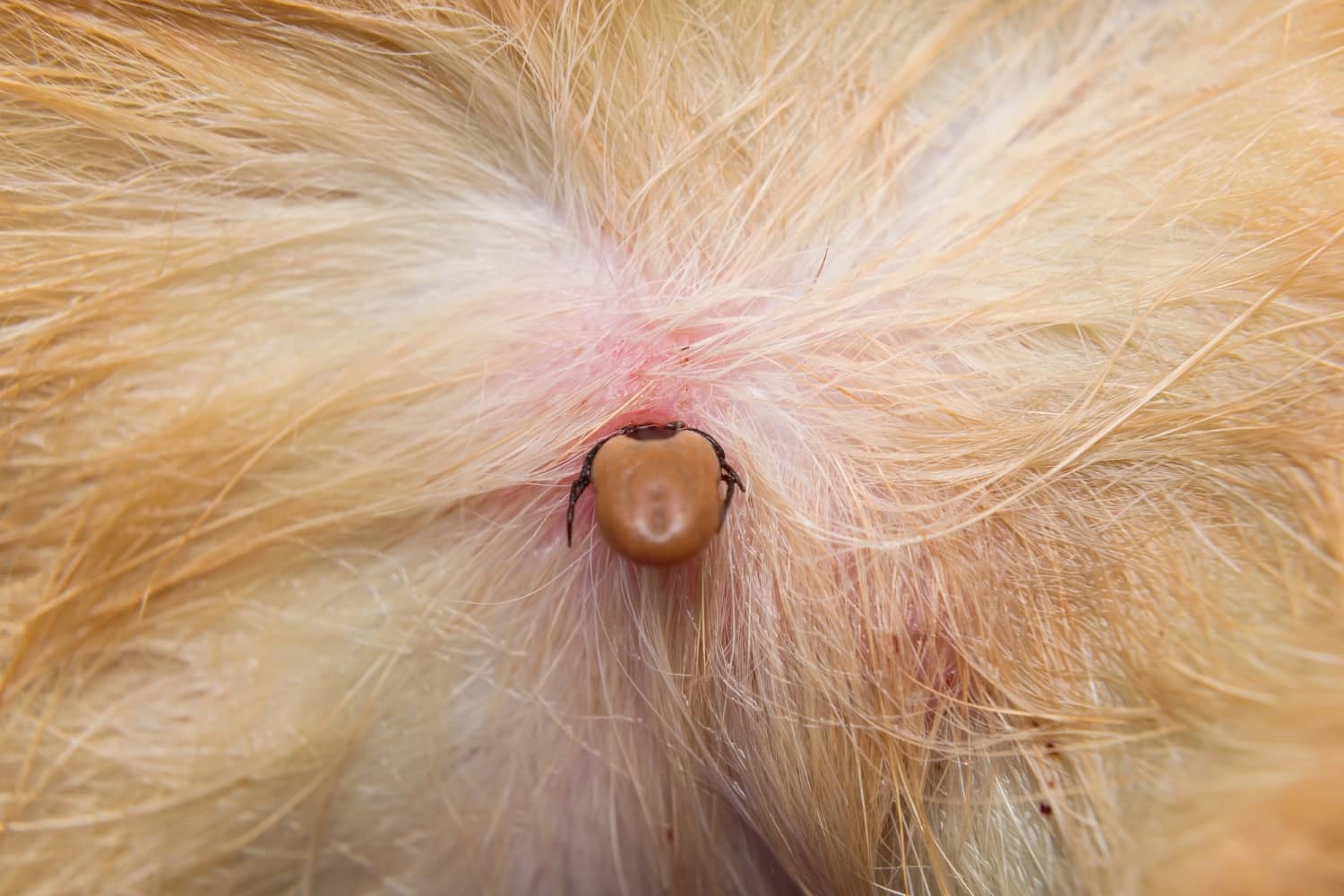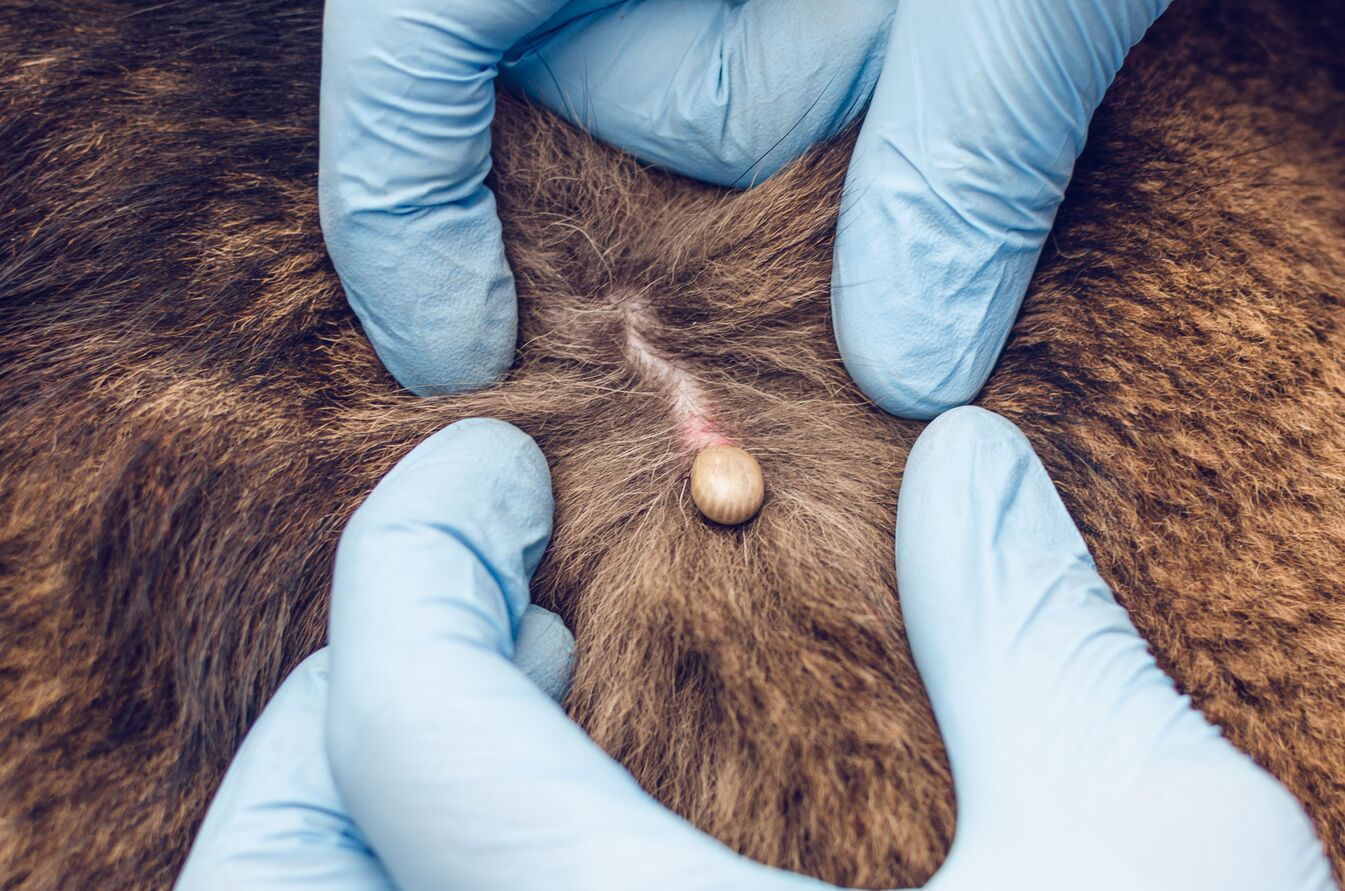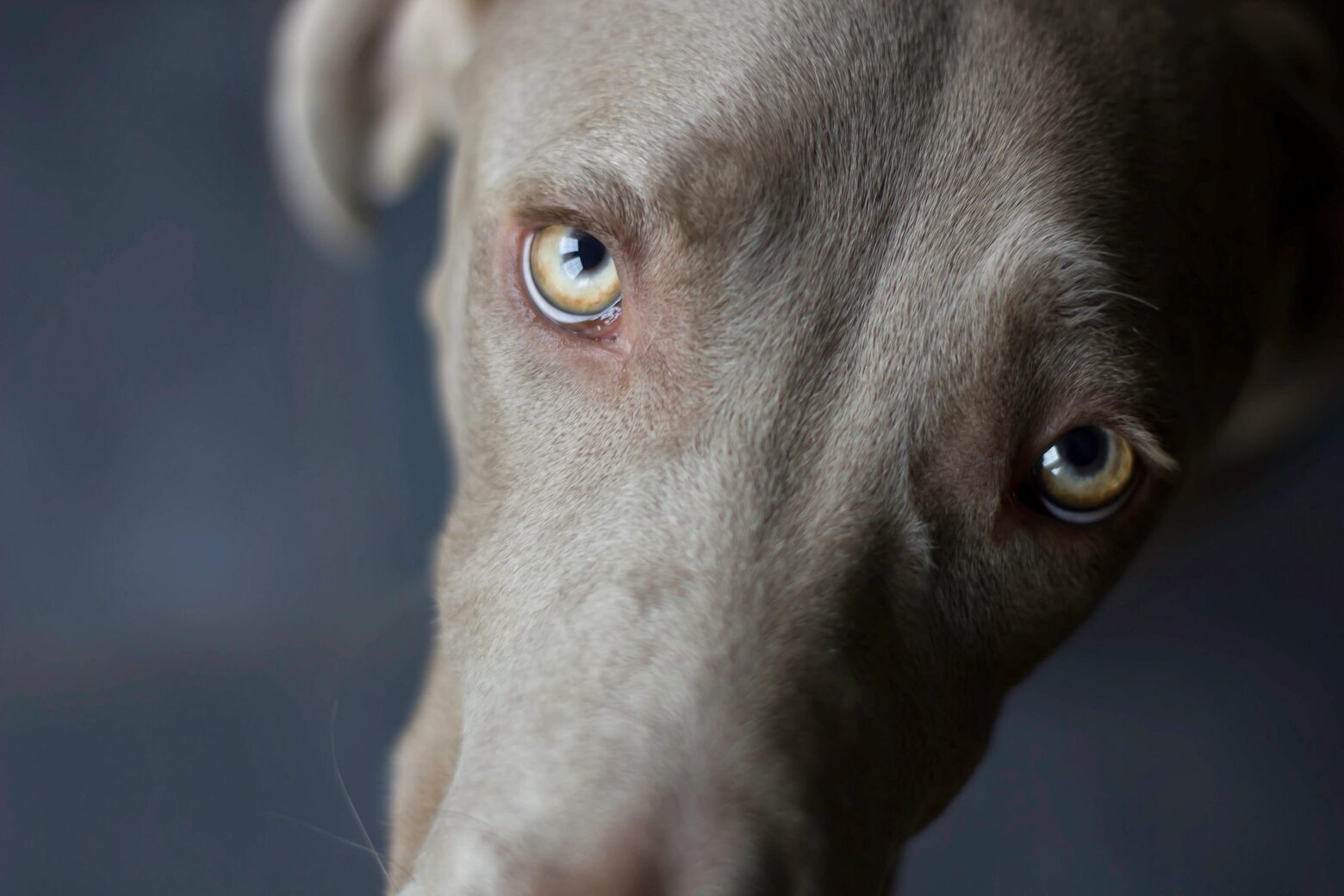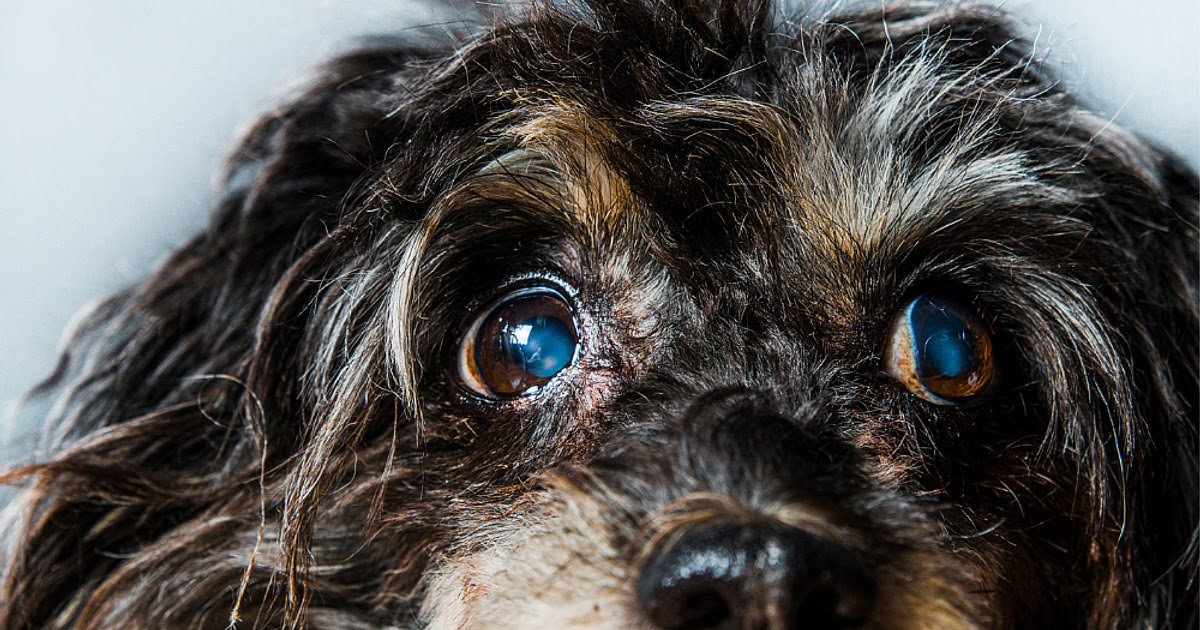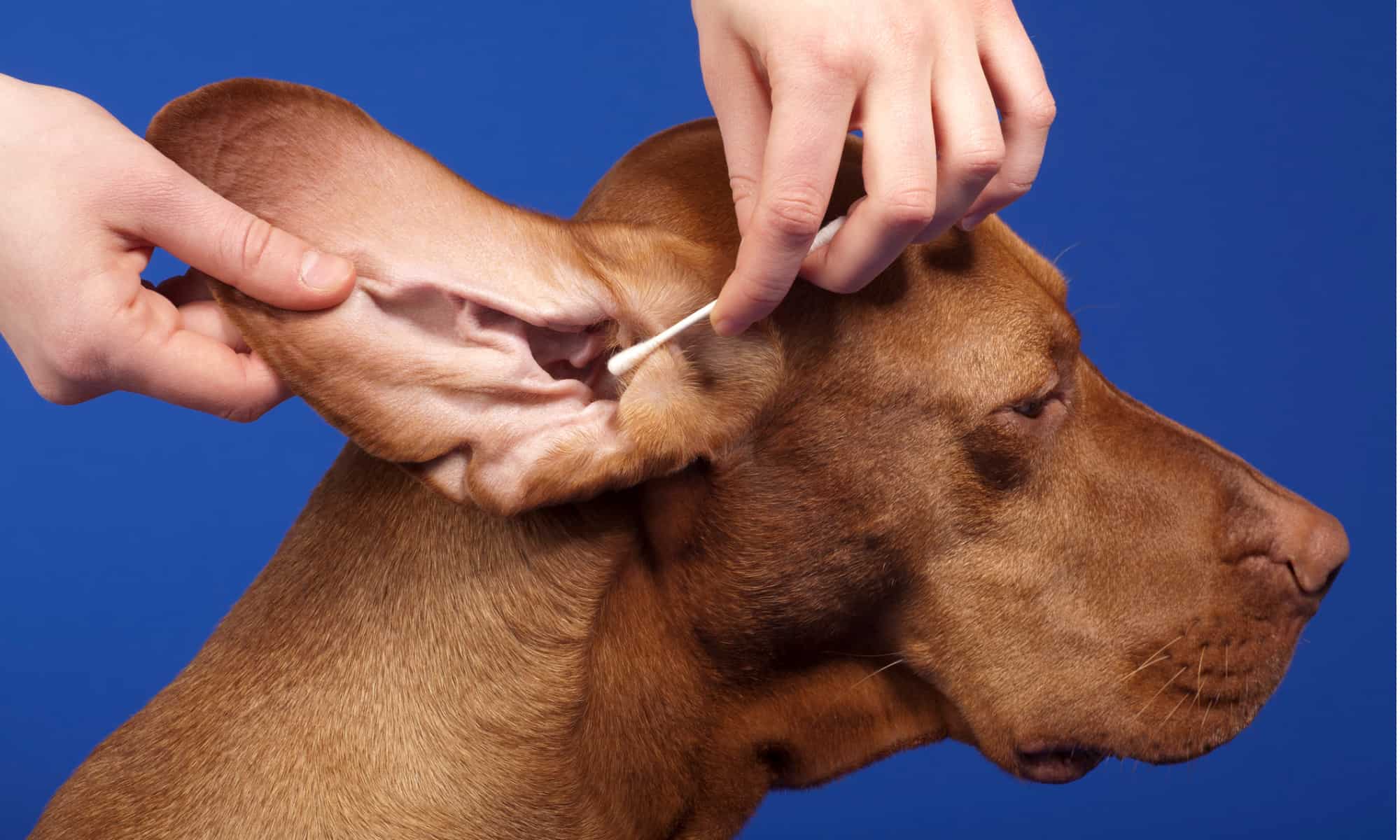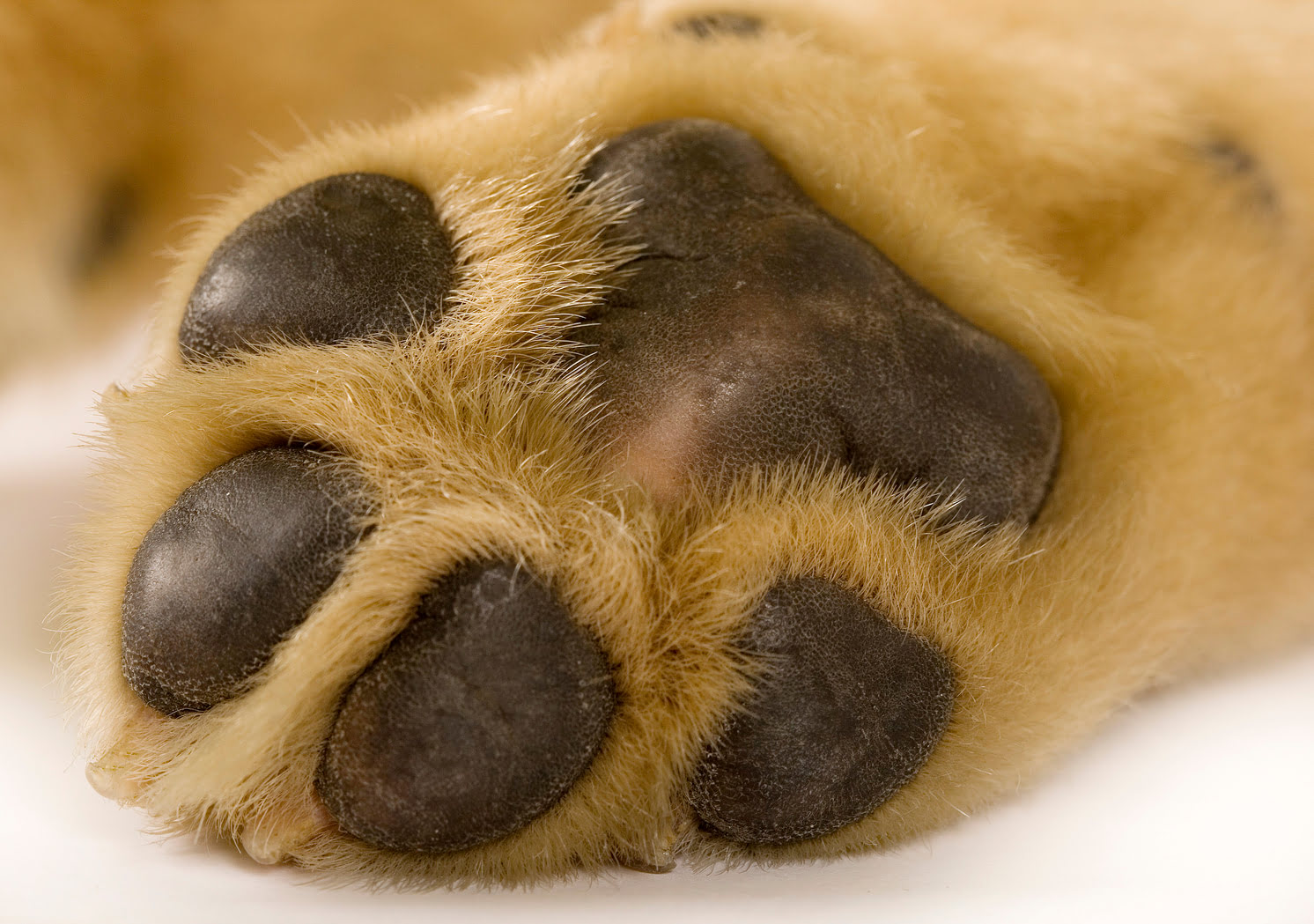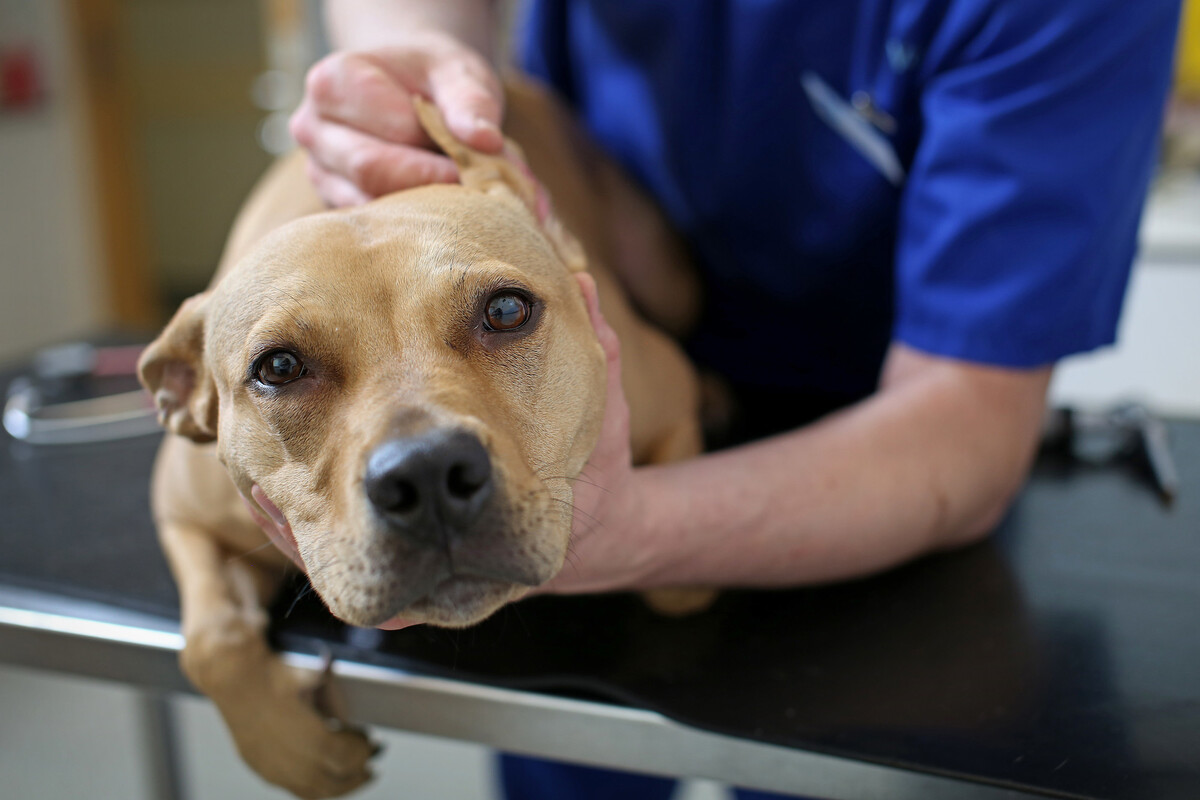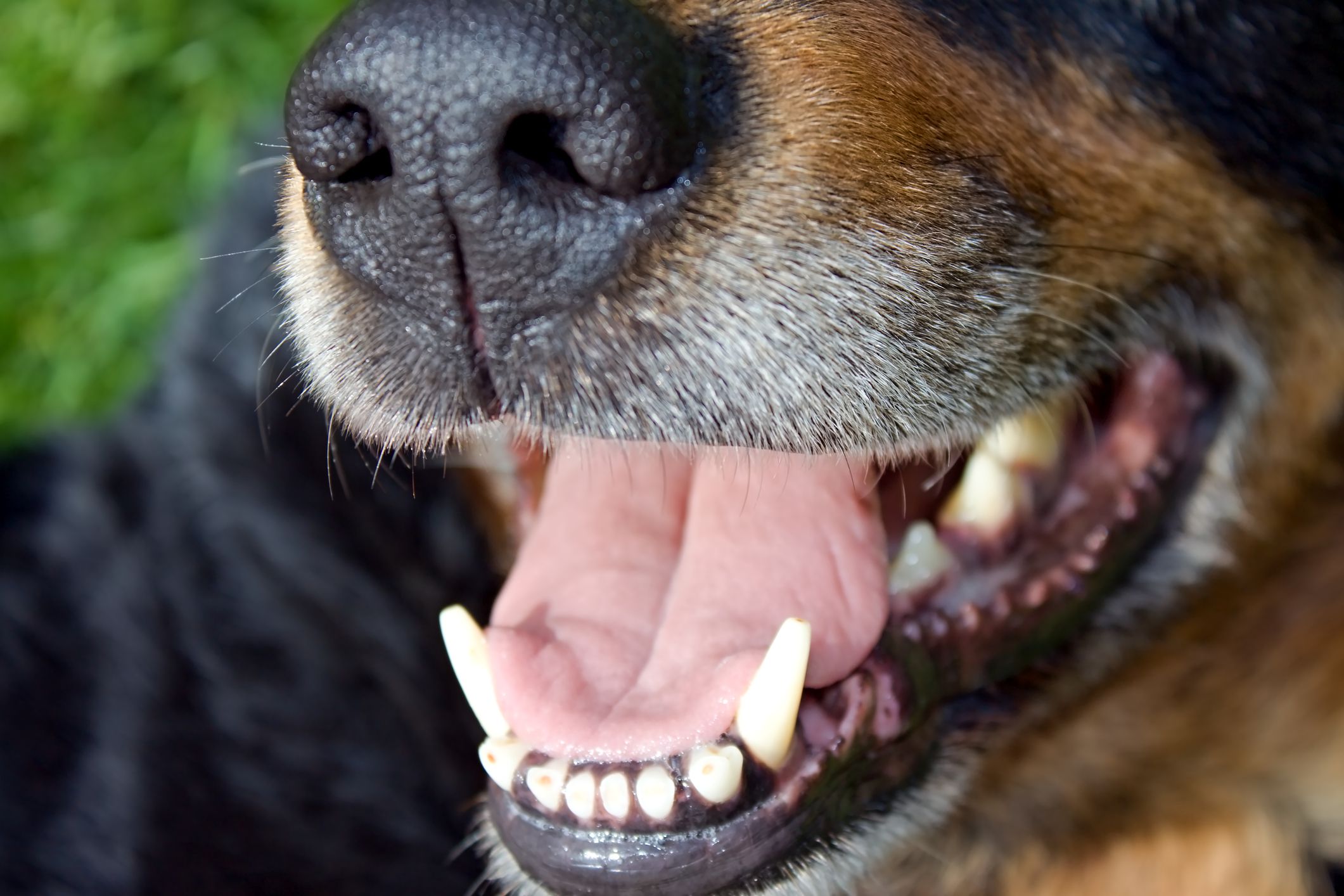Home>Health & Wellness>Common Health Issues>What Do Tick Images On A Dog Look Like


Common Health Issues
What Do Tick Images On A Dog Look Like
Published: February 5, 2024
Learn about common health issues in dogs and what tick images on a dog look like. Protect your pet's health with this essential information.
(Many of the links in this article redirect to a specific reviewed product. Your purchase of these products through affiliate links helps to generate commission for Pawsomeoldies.com, at no extra cost. Learn more)
Table of Contents
Introduction
Ticks are small, blood-sucking parasites that can pose a significant threat to the health and well-being of your furry companion. These tiny arachnids are commonly found in outdoor environments, such as wooded areas, tall grass, and shrubs, and they can easily latch onto your dog as it explores its surroundings. Once attached, ticks can transmit a variety of diseases, including Lyme disease, ehrlichiosis, and anaplasmosis, making it crucial for pet owners to be vigilant in preventing and detecting tick infestations.
Understanding how to identify and remove ticks from your dog is essential for safeguarding its health. By familiarizing yourself with the appearance of ticks and knowing where to look for them, you can take proactive measures to protect your canine companion from these troublesome parasites. Additionally, learning how to safely remove ticks and implementing preventive measures can help minimize the risk of tick-borne illnesses and ensure the well-being of your beloved pet.
In the following sections, we will delve into the process of identifying ticks on your dog, common areas to check for ticks, what tick images on a dog look like, safe tick removal techniques, and strategies for preventing tick infestations. By equipping yourself with this knowledge, you can become a proactive and responsible pet owner, actively safeguarding your dog from the potential harm posed by ticks.
Read more: What Do Ticks And Fleas Look Like On Dogs
Identifying Ticks on Your Dog
Identifying ticks on your dog is a crucial skill for every pet owner. Ticks vary in size, ranging from as small as a poppy seed to as large as a pencil eraser when engorged with blood. These parasites have oval-shaped bodies and are typically brown or black in color. When examining your dog for ticks, it's essential to conduct a thorough inspection, paying close attention to areas where ticks are most likely to attach themselves.
One of the most common areas for ticks to latch onto a dog is around the ears and head. Ticks are drawn to warm, moist areas, making the ears an ideal location for them to feed. Therefore, carefully inspect the ears, including the ear canal and the surrounding skin, for any signs of ticks.
Additionally, ticks often gravitate towards the neck and throat area, as well as the armpits and groin. These areas provide ticks with easy access to the dog's blood supply, making them prime attachment sites. When checking these areas, part the fur and examine the skin closely to detect any ticks that may be present.
Furthermore, ticks can also be found on the legs, between the toes, and under the tail. These areas offer ticks a concealed environment to feed without being easily noticed. By thoroughly examining these areas, you can identify and remove any ticks before they have the chance to transmit harmful diseases to your dog.
It's important to note that ticks can vary in appearance depending on their life stage. While adult ticks are more noticeable due to their larger size, nymphs and larvae can be extremely tiny and challenging to spot. Therefore, a meticulous and systematic approach to tick inspection is essential for effectively identifying these parasites on your dog.
By familiarizing yourself with the appearance of ticks and knowing where to look for them, you can promptly detect and address any infestations, thereby safeguarding your dog's health and well-being. Regular tick checks, especially after outdoor activities, are crucial for early detection and prompt removal of these troublesome parasites.
Common Areas to Check for Ticks
When it comes to safeguarding your dog from tick infestations, conducting thorough and regular tick checks is paramount. Ticks have a penchant for latching onto specific areas of a dog's body, making it essential to focus on these common attachment sites during inspections.
-
Ears and Head: Ticks are often drawn to the warm and moist environment around a dog's ears. Conduct a meticulous examination of the ears, including the ear canal and the surrounding skin, as ticks may seek refuge in these areas. Their small size and ability to burrow into the fur make them adept at evading detection, emphasizing the need for a comprehensive inspection.
-
Neck and Throat: The neck and throat area of a dog are prime targets for ticks due to the accessibility of the blood supply. Parting the fur and closely examining the skin in these regions is crucial for identifying any ticks that may be present. Ticks can easily conceal themselves amidst the fur, underscoring the importance of a methodical approach to inspection.
-
Armpits and Groin: These areas provide ticks with an ideal environment for feeding, as they offer warmth and relative seclusion. Given the potential health risks associated with tick bites, it is imperative to carefully inspect the armpits and groin, ensuring that any ticks are promptly detected and removed.
-
Legs and Feet: Ticks can also be found on a dog's legs, particularly between the toes, as well as under the tail. These concealed areas provide ticks with an inconspicuous feeding ground, making them challenging to spot. Thoroughly examining these regions is essential for identifying and addressing any tick infestations.
By focusing on these common areas during tick checks, pet owners can effectively mitigate the risk of tick-borne illnesses and ensure the well-being of their canine companions. Regular inspections, especially after outdoor activities, serve as a proactive measure for early detection and prompt removal of ticks, thereby safeguarding the health of dogs and fostering a safe and enjoyable environment for them to thrive.
What Tick Images on a Dog Look Like
Tick images on a dog can vary depending on the species, life stage, and level of engorgement. Ticks are small arachnids with oval-shaped bodies, typically ranging in size from as small as a poppy seed to as large as a pencil eraser when fully engorged with blood. These parasites have eight legs and are commonly brown or black in color, making them adept at blending into a dog's fur and skin.
When examining a dog for ticks, it's essential to be vigilant and thorough in the inspection process. Adult ticks are more noticeable due to their larger size, making them relatively easier to detect. However, nymphs and larvae, which are younger and smaller in size, can be incredibly challenging to spot, requiring a meticulous approach to tick identification.
Ticks can attach themselves to various areas of a dog's body, including the ears, head, neck, throat, armpits, groin, legs, and feet. Given their small size and ability to burrow into the fur and skin, ticks can easily evade detection, emphasizing the importance of a comprehensive inspection.
In addition to their physical appearance, ticks may exhibit different characteristics based on their level of engorgement. When ticks feed on a dog's blood, they become engorged, causing their bodies to swell and their color to change. A fully engorged tick can appear significantly larger and may take on a more rounded or bloated appearance, contrasting with its original flat and oval shape.
It's crucial for pet owners to familiarize themselves with the various appearances of ticks at different life stages and levels of engorgement. By being able to recognize the diverse manifestations of ticks on a dog, individuals can promptly identify and address any infestations, thereby safeguarding their pet's health and well-being.
Understanding what tick images on a dog look like empowers pet owners to take proactive measures in combating tick infestations. By staying informed and observant, individuals can effectively protect their canine companions from the potential harm posed by these troublesome parasites, ensuring a safe and thriving environment for their beloved pets.
How to Safely Remove Ticks from Your Dog
Safely removing ticks from your dog is a critical skill that every pet owner should possess. Prompt and proper tick removal not only helps prevent the transmission of tick-borne diseases but also minimizes discomfort for your canine companion. Here's a step-by-step guide to safely removing ticks from your dog:
-
Prepare the Necessary Tools: Before initiating the removal process, gather the essential tools, including fine-tipped tweezers or a tick removal tool, gloves, rubbing alcohol, and antiseptic ointment. Having these items readily available ensures a smooth and efficient tick removal procedure.
-
Wear Protective Gloves: To protect yourself from potential exposure to tick-borne pathogens, it's advisable to wear gloves before handling the tick. This precautionary measure reduces the risk of coming into direct contact with the tick and minimizes the likelihood of infection.
-
Grasp the Tick with Tweezers: Using fine-tipped tweezers, grasp the tick as close to the dog's skin as possible. Be gentle but firm to ensure a secure grip on the tick's head, avoiding excessive squeezing or twisting, which can cause the tick's mouthparts to break off and remain embedded in the skin.
-
Remove the Tick: With a steady hand, pull the tick straight out in a slow, steady motion. Avoid jerking or twisting movements, as these actions may cause the tick's mouthparts to break off and remain lodged in the skin. Ensure that the entire tick, including its mouthparts, is extracted from the dog's skin.
-
Disinfect the Bite Area: After removing the tick, disinfect the bite site and your hands with rubbing alcohol or an antiseptic solution. Thoroughly cleanse the area where the tick was attached to minimize the risk of infection and promote healing.
-
Dispose of the Tick: Place the extracted tick in a container with rubbing alcohol to ensure its demise. This prevents the tick from reattaching to your dog or posing a threat to other pets or individuals. Properly disposing of the tick is crucial for preventing potential reinfestation.
-
Monitor the Dog: Keep an eye on the bite site for any signs of infection or inflammation in the days following tick removal. If you notice any concerning symptoms, such as redness, swelling, or discharge, consult a veterinarian promptly.
By following these steps, you can safely and effectively remove ticks from your dog, mitigating the risk of tick-borne diseases and promoting your pet's well-being. Regularly inspecting your dog for ticks and promptly addressing any infestations are essential components of responsible pet ownership, ensuring a safe and healthy environment for your beloved canine companion.
Read more: What Does A Tick Scab Look Like On A Dog?
Preventing Tick Infestations on Your Dog
Preventing tick infestations on your dog is a proactive and essential aspect of responsible pet care. By implementing preventive measures, pet owners can effectively minimize the risk of tick-borne illnesses and create a safe environment for their canine companions to thrive. Here are several strategies to prevent tick infestations on your dog:
-
Use Tick Preventatives: Utilizing veterinarian-recommended tick preventatives, such as topical treatments, oral medications, or tick collars, can significantly reduce the likelihood of tick infestations. These products are designed to repel ticks and prevent them from attaching to your dog's skin, providing a crucial line of defense against these troublesome parasites.
-
Maintain a Tidy Outdoor Environment: Regularly mowing the lawn, trimming shrubs, and clearing leaf litter in your yard helps minimize tick habitats. Ticks thrive in moist and densely vegetated areas, so maintaining a tidy outdoor environment reduces the likelihood of exposure to these parasites.
-
Inspect Your Dog After Outdoor Activities: After outdoor excursions, thoroughly inspect your dog for ticks, paying close attention to common attachment sites such as the ears, head, neck, armpits, and groin. Promptly removing any ticks that are detected can prevent them from transmitting diseases to your dog.
-
Consider Tick Deterrents for Outdoor Adventures: When venturing into areas where ticks are prevalent, consider using tick deterrent products designed for dogs, such as sprays or wipes. These products can help repel ticks and reduce the risk of infestation during outdoor activities.
-
Create Physical Barriers: Implementing physical barriers, such as fencing, to restrict your dog's access to tick-prone areas can be an effective preventive measure. By limiting exposure to tick habitats, you can reduce the likelihood of tick infestations.
-
Regular Veterinary Check-ups: Schedule regular veterinary check-ups for your dog, during which your veterinarian can conduct comprehensive tick screenings and recommend appropriate preventive measures based on your dog's lifestyle and risk factors.
By incorporating these preventive strategies into your pet care routine, you can actively safeguard your dog from the potential harm posed by ticks. Proactive tick prevention not only protects your dog from tick-borne diseases but also fosters a safe and thriving environment for your beloved pet to enjoy a healthy and active lifestyle.
